Table of Contents Show
For many RVers, luxury resorts with lots of amenities make their camping getaway enjoyable. But for others, boondocking on public lands away from the crowds and enjoying beautiful scenery is better.
Unfortunately, this type of RVing is becoming more difficult because people leave their campers unattended on these public lands for weeks or even months.
Today, we’re looking at “ghost sites” and how they’re ruining the boondocking experience for many RVers. Let’s dive in!
What Is Boondocking?
Boondocking is dry camping away from developed campgrounds. It’s like going out to the “boonies.” You won’t find any hookups or amenities, so you have to provide your own power and water.
Often, you’ll find boondocking locations in national forests or public lands managed by the Bureau of Land Management (BLM) jurisdiction.
But you can’t just park anywhere on the side of the road. You must make sure that overnight RV parking is permitted and legal. You don’t have to make reservations, but you do need to check local regulations. Use apps like Allstays, FreeRoam, and Campendium to locate these boondocking spots.
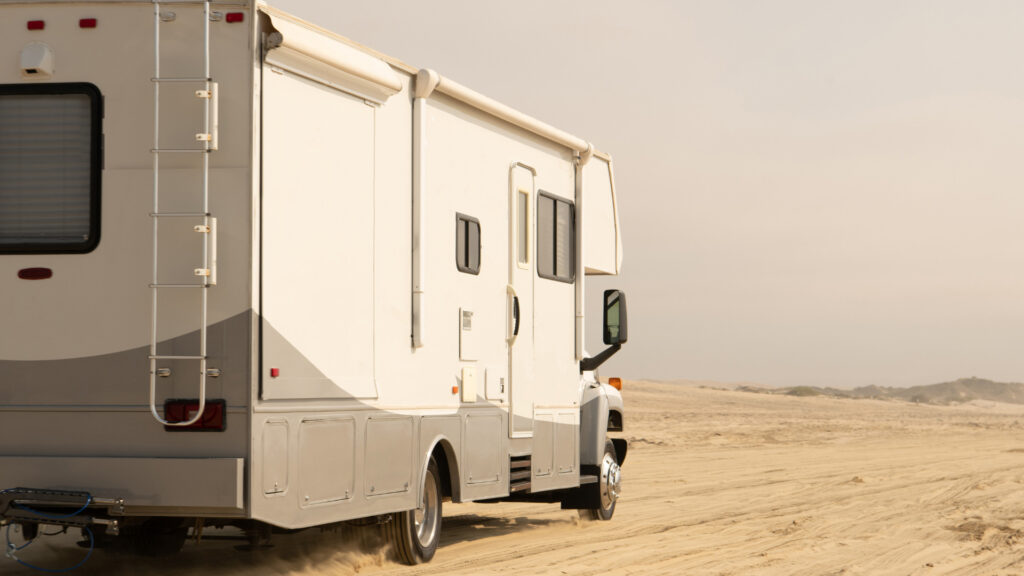
Is Boondocking Free?
Most of the time, boondocking is free. Sometimes, you’ll find that camping on state trust lands requires a permit at a cost. But in general, you won’t have to pay any fees. Public lands are open to anyone. This is one perk to boondocking.
RVers who prefer this style of camping enjoy paying no nightly fees. If you’ve invested in solar panels, a battery bank, and other off-grid essentials, you can camp in many locations for up to 14 days without paying anything.
Where Is Boondocking Allowed?
If you live on the East Coast, you’ll find very few places to boondock. Public lands are scarce.
But once you cross the middle of the country, you’ll find plenty of opportunities to park your RV along the rim of a canyon, nestle it deep in a forest, or pull it among giant monoliths.
As mentioned above, apps like Allstays, FreeRoam, and Campendium are great resources for locating these free overnight parking spots. Lands managed by the Bureau of Land Management, U.S. Forest Service, U.S. Fish & Wildlife, and U.S. Army Corps of Engineers are popular boondocking locations.
Are There Rules for Boondocking?
The BLM has a maximum stay limit of 14 days in a 28-day period. The bureau also states that “campers must not leave any personal property unattended for more than 10 days.”
Specific states may have additional requirements, so you’ll always want to check the location where you’d like to camp to get the most up-to-date information.
Besides the stay limit, you won’t find any written rules for boondocking. However, as we’ll discuss below, there are unwritten rules. There’s proper etiquette for caring for the land and keeping areas clean for future RVers.
Why RVers Are Unhappy About Ghost Sites
Ghost sites have started taking over boondocking locations, leading to an uproar among the RV community. These RVers leave their campers unattended for days, weeks, or months.
Some use public lands as a free storage facility, taking away opportunities for travelers seeking unpopulated, natural areas to enjoy camping.
What’s Being Done About Ghost Sites
Sadly, not much is being done about these ghost sites. Most federal agencies aren’t enforcing the rules due to a lack of staffing, time, or care. We’re not here to point fingers; we know how busy and understaffed these agencies are.
We wish this weren’t a problem to begin with. But it seems that something has to be done. If no one has their camper towed away because they disobeyed the rules, what stops them from continuing their behavior?
What Is Proper Boondocking Etiquette?
Whenever you do find that perfect boondocking spot, there are a few things to remember. These unwritten rules protect the environment and maintain the campsite for future RVers.
Give Your Neighbors Space
If other RVers have arrived, don’t park next to them. One reason people boondock is to get away from crowded campgrounds. Find another campsite down the road where everyone can enjoy their own private space.
Pro Tip: Have a successful boondocking adventure with these Dry Camping and Boondocking Tips!

Obey Stay Limits
Don’t be the reason people complain to the BLM about RVers abusing the stay limit. If you enjoy boondocking, stay your 14 days and then find another place to camp for the next two weeks.
You can return to the same location two weeks later if you’ve found a spot you love. Please, don’t overstay and take away the chance for someone else to enjoy free camping.
Don’t Create Your Own Site
Even though we want to give our neighbors space, we also want to protect the environment. Some boondocking locations can be cramped. If this is the case, you may have to move down the road and find another site rather than park on top of someone else.
It’s important to park in established campsites where others have parked before you. You don’t want to ruin the vegetation or landscape by creating your own site wherever you want.
Follow Leave No Trace
Finally, your campsite should be spotless when you leave. Pick up after your pet, and properly dispose of your trash. One of the biggest complaints we hear is how people ruin campsites by using the fire ring as a trash can or leaving broken glass in the gravel.
Boondockers love dry camping because it connects them to nature. Keep our beautiful country clean.
For more information about these rules, check out our article “Don’t Break These BLM Boondocking Rules!”
Other Reasons Boondocking Space Is Limited
Although these ghost sites are becoming problematic, there are other reasons that space is more limited in recent years. First, there has been a boom in the RV world. More people are camping.
Therefore, campgrounds are filling up. Some people are finding few options for camping in developed locations, so they’re turned to boondocking.
Not only are campgrounds often full, but they’ve also increased their nightly rates. Many RV parks have also started charging fees for children, pets, and additional vehicles. RVers, especially seasoned ones, choose free camping over paying these ridiculous rates.
Plus, RV manufacturers have noticed the increasing trend of boondocking and have started putting solar panels, inverters, larger tanks, and other off-grid components on their RVs. This makes boondocking easier for even first-time RVers.
Keep in Mind: If you find a boondocking spot but don’t have your rig with you, Can You Save a Spot When Boondocking? Let’s dive in!
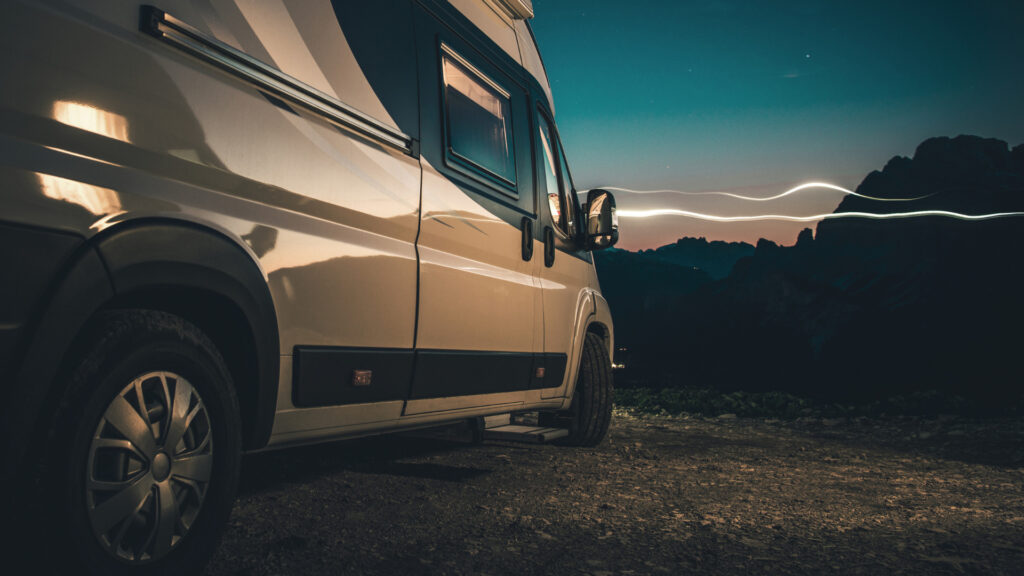
Be a Good Neighbor: Don’t Leave Your RV Unattended for Extended Periods of Time
RVers who enjoy boondocking are fed up with people who leave their rigs unattended for extended periods on public lands. These ghost sites are making it more difficult to find free overnight camping in ideal locations.
So, if you need to fly out for a wedding or plan to take a cruise, don’t leave your RV on public land. Spend some money to store it at a facility or ask a friend if you can park it at their house for a week or so.
Be a good neighbor; don’t ruin boondocking for everyone else! Have you ever noticed a ghost site before? Or was this something you’ve never heard of?




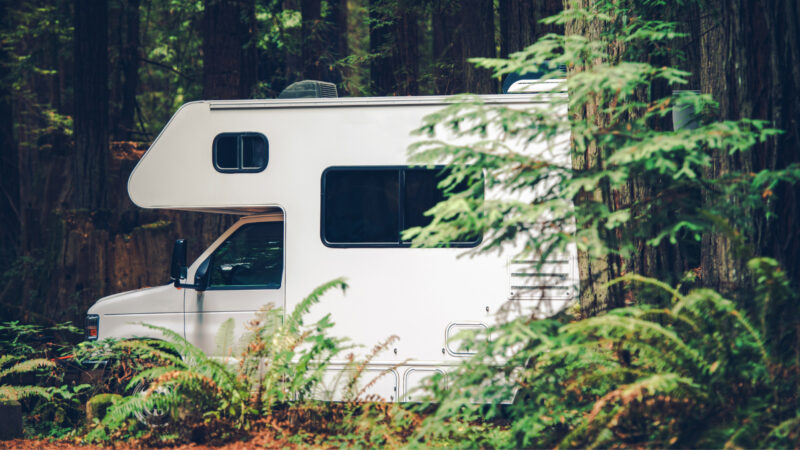
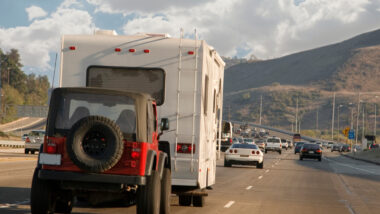
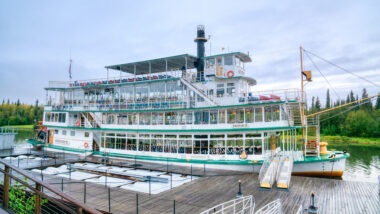
Never heard this term b4.. I’ve only seen permanently abandoned vehicles